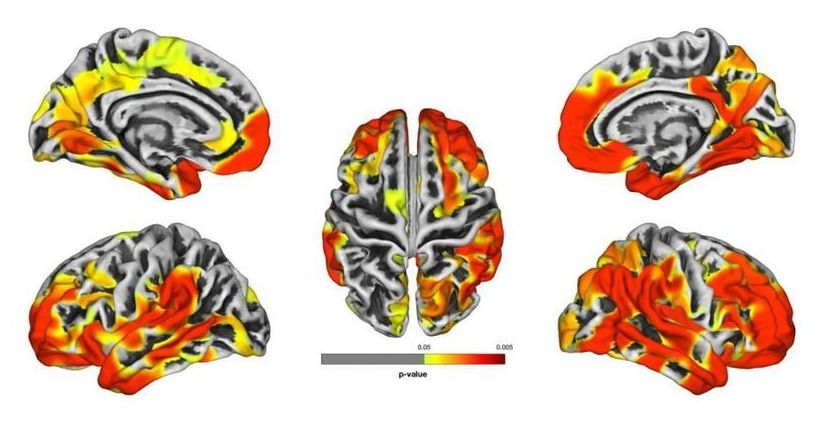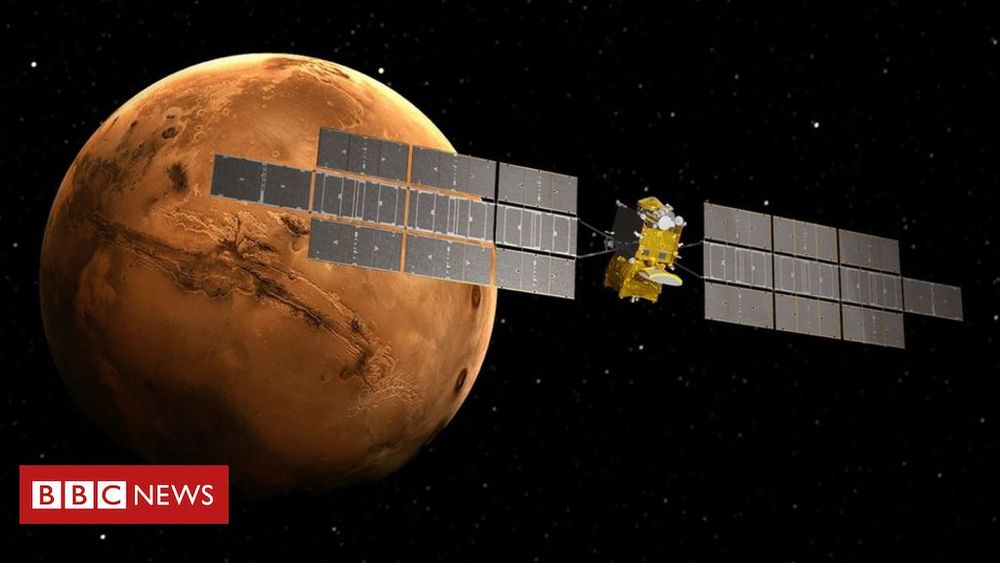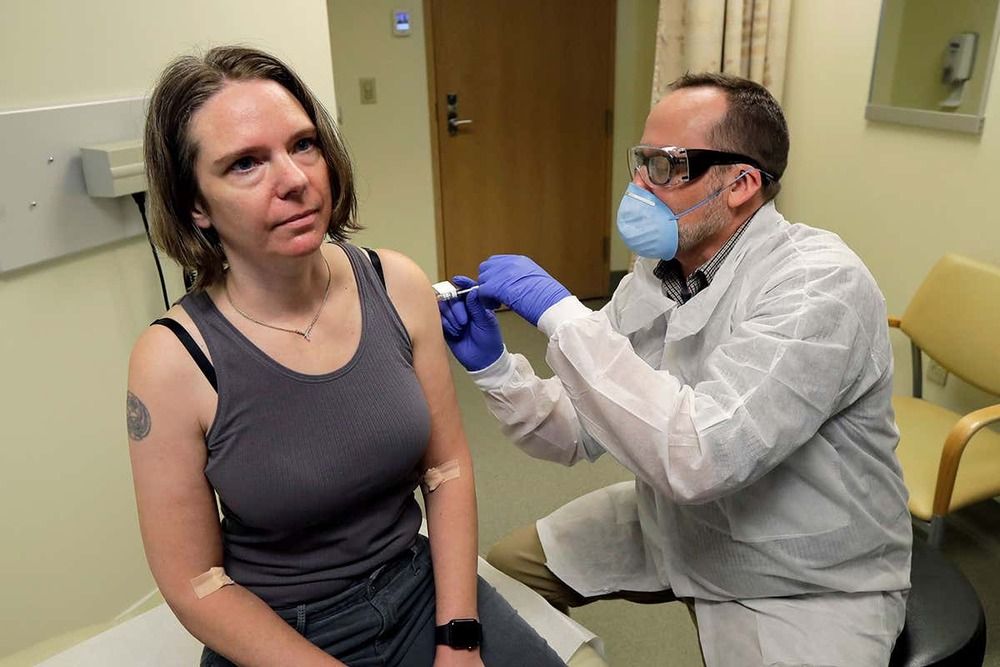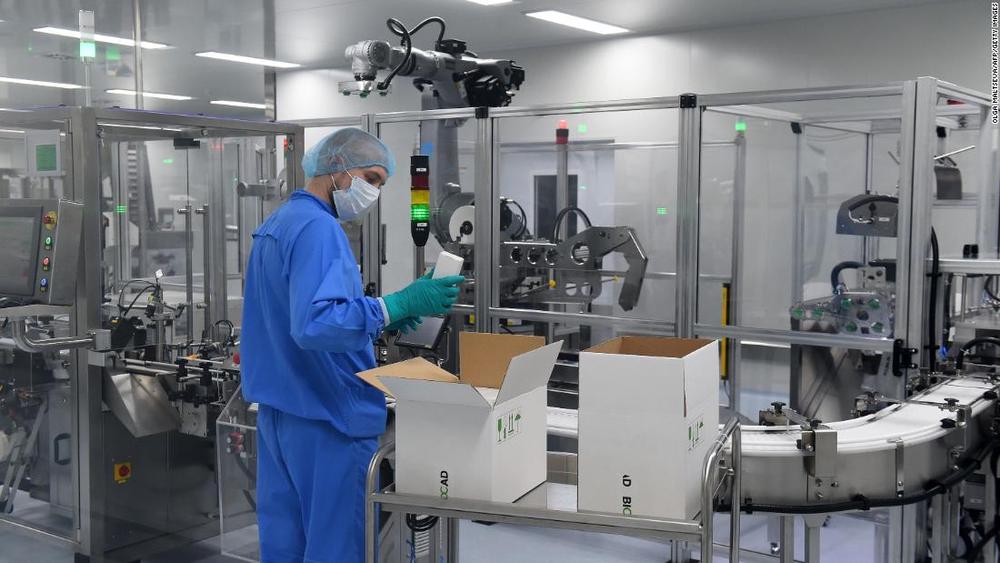Jul 29, 2020
Using Artificial Intelligence to Smell the Roses
Posted by Genevieve Klien in categories: chemistry, food, robotics/AI
Summary: New artificial intelligence technology can accurately predict how any chemical is going to smell to humans.
Source: UCR
A pair of researchers at the University of California, Riverside, has used machine learning to understand what a chemical smells like — a research breakthrough with potential applications in the food flavor and fragrance industries.

















